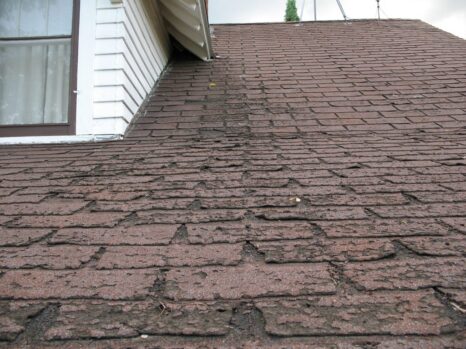Since the dawn of advance IT and virtual computing, both small and multinational companies rely on cloud technology to carry out their everyday operations. As we all know, tier 3 data centre house hundreds to sometimes thousands of servers processing information at nanoseconds.
Each server caters multiple users registered for private or shared services. Working with such intensity while a web of wires and electronics spread all across the chamber, immense energy is required to power the entire hub.
Temperature is another factor that must be maintained 24/7, all round the year or expect meltdown. Engineers came with the idea to transform these buildings eco-friendly, a step towards mission green and save planet Earth.
Discussed below are top initiatives taken worldwide to make a date warehouses ecological so don’t miss reading!
- Free air-cooling
Energy cost has become the biggest obstruction when tallying total cost of ownership for a data house. It accumulates around 20 to 60 percent depending on infrastructure and entire business model. Ever increasing taxes and energy costs act as catalyst to already puffed amount, raising concerns at an alarming level. Free/natural air cooling is referred to utilizing outside air, cooling facility’s interior instead of running power-hungry refrigeration and conditioning units!
Growing number of manufacturers developed such racks and servers that can even operate in temperatures as high as 27 degrees, making natural air cooling technique a feasible solution. Though being effective, the trend hasn’t spread drastically where data centre still rely on traditional, mechanical cooling. It’s only wise to follow the technique when outdoor temperature is too hot, otherwise accept change for better performance.
- Renewable energy or on-site wind generation
Global giants in technological industry like Apple, Facebook and Google have already opted to power their data stores with wind energy. It can help managers meet environmental requisites effectively while save business expense on electricity. Unlike Google that has its own wind-farm; critics say it’s irrelevant for regular operators who’ll be provided renewable energy through gas turbines.
- Low-power & efficient servers
Data centre operators are determined for more efficient alternatives to make their infrastructure more sustainable in the long run. HP and Dell already commenced their first low-energy alternatives for development instead of commercial deployment.
The technology is harnessed from smartphones, which balance performance with battery drain. Trend is likely to continue in following years as system makers begin manipulating full production system. These micro-servers rely on low-power CPUs from Intel and bionetwork of ARM partners.
- Developing modular data hubs
Large companies like Goldman Sachs and Morgan Stanley has opted for modular data houses, playing a vital role for a greener IT. Unlike traditional, modular constructions are portable as they’re designed for immediate deployment, high density and energy efficient. These are becoming more and more popular as they’re ready-made or you can say data centre in a box!
- Consolidation & Virtualisation
Virtualisation and data centre consolidation strategies assist organizations to rationalize IT resources and exploit untapped processing power of storage and server equipment. Unison of low-latency, high-bandwidth network connectivity, virtualization and specialized servers holds the tendency to slice capital cost and improve energy efficiency.
- The rise of cloud
Everyone knows about cloud computing and its working potential. Virtual servers are located in different countries on which tons of individual or shared data is saved. Accessing it anytime, anywhere is possible without the need of desktop computers or laptops as all you need is a smart device and wireless internet connection.
- Energy saving
Harnessing solar technology to generate energy is another step towards power saving and a greener Earth. Installing solar panels on building’s roof reduce dependency on power grids while other such options include wind energy, heat pumps and evaporating energy, significantly reducing company’s carbon footprint.
Conclusion
With the world moving towards recyclable energy, why not start along with a data centre! Simply follow the above applications and witness change.










![How To Solve Error [Pii_email_e6d3ac3a524dcd3ff672]](https://ukrdengi.com/wp-content/uploads/2021/08/Fix-pii_email_e6d3ac3a524dcd3ff672-Error-Code-Error-270x225.jpg)
